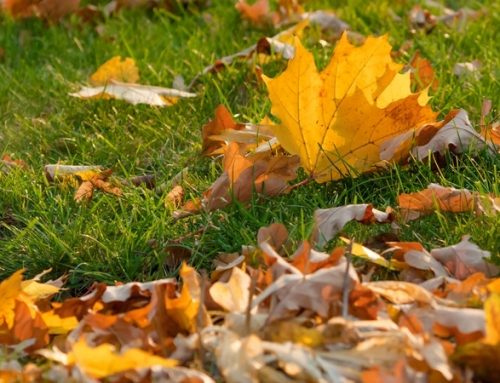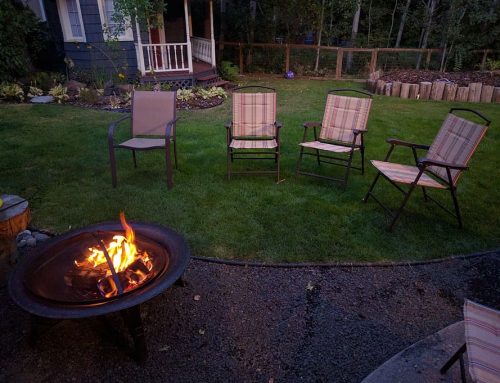Extreme temperature changes can injure or kill decorative plants, which is one of the most commonly asked topics regarding winter gardening.
The answer is, in general, no. Plants have the genetic ability to detect and adapt to changes in the environment. While warm winter temperatures encourage development and flowering, cool winter temperatures reduce the rate of growth and cause the race to flower to be slowed.
Plants are most vulnerable in the spring, when warm weather prevails for longer periods of time but is followed by numerous nights with temperatures considerably below freezing.
How to protect flowering plants
While most plants can withstand strong winter freezes, flowers on winter-flowering plants like camellias and plum and cherry trees can not.
A strong frost can destroy buds that have expanded and are about to bloom. The damage can be undetected until the flowers open, when it manifests as brown blotches on the petals. The entire bud may freeze and fall off the plant in some situations. Flowers that have fully opened will either turn a sickly brown colour or fall to the ground.
Cover plants with buds and open blooms using an old sheet or a commercially supplied frost cover to prevent being disappointed by unattractive blossoms or losing them completely. (Don’t use plastic because it can cause an oven effect.)
You can even fool Mother Nature by clipping the buds ahead of time and bringing them indoors to open before the freeze. There is no need to put a protective covering if a freeze is forecast before the buds have formed.
Winter garden Do’s
Planting should continue as long as the earth is soft enough to drill a hole in.
Mulch the area. It will aid in maintaining consistent root temperatures.
Toss in some compost. It feeds the soil with organic nutrients (but no more than three inches thick).
Water. Watering ahead of a forecasted frost helps plants, particularly potted plants and annuals, survive a hard cold by allowing them to absorb moisture before the ground freezes, preventing water from reaching the root zone. Make sure to moisten both the above-ground shoots and the roots.
Provide extra protection for container plants. Cover with frost cloth or other heat-retaining blankets, and place pots and other containers closer to the house’s foundation or beneath the eaves.
Bring in some indoor plants. To kill hitchhiking creatures, spray both sides of the leaves with insecticidal soap and thoroughly water with an insecticidal drench that is safe for people and dogs. Plants should be placed indoors where they will receive at least five hours of indirect, bright light per day. Because most houseplants do not actively develop in the winter, keep them away from drafts and heating vents and water them sparingly.
Winter Garden Dont’s
Fertilize. Garden plants go dormant and rest during this time. Forcing plants to begin new growth before the ground warms in the spring not only disrupts this period of rejuvenation, but it also exposes them to ice storms, temperatures below freezing, and even harsh frosts, which will kill fragile new growth.
Ignore your normal watering schedule. A once-week thorough watering is good during dry months when the ground is not frozen or covered with snow. Watering in new plantings is extremely important.
Don’t be concerned about bulb foliage. During temperature drops, the leaves of daffodils and other spring-flowering bulbs should be alright.






Hello there, You’ve done a fantastic job. I’ll definitely pass it to my colleagues who enjoy gardening. I am confident they will benefit from this informative content and I’m looking forward to really more brilliant minutes reading here.